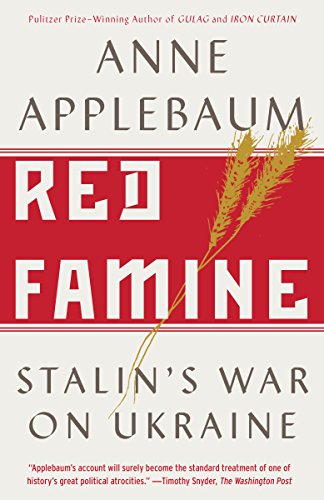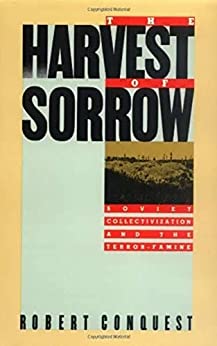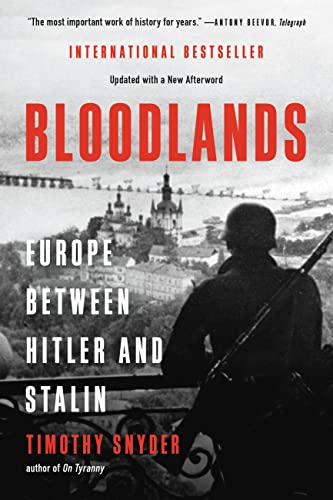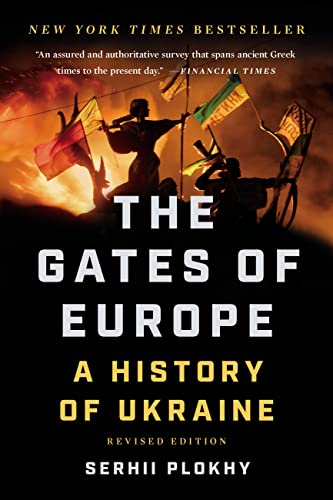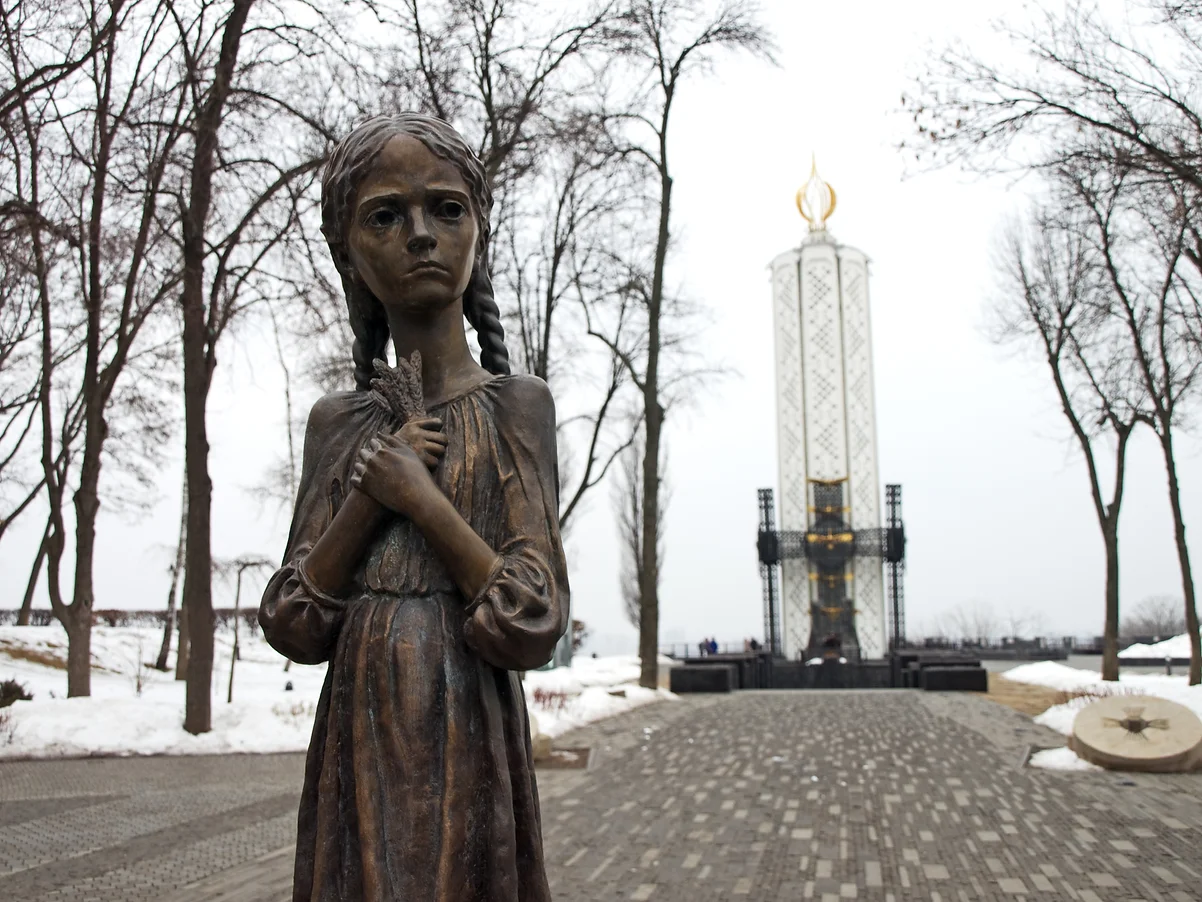
The Bitter Memory of Childhood, National Museum of Holodomor-Genocide, Kyiv, Ukraine
Holodomor: from moryty holodom, to cause suffering and death by means of starvation. Stalin's man-made terror famine killed millions of Ukrainians in 1932-1933.
Researching the Holodomor
Research is the backbone of historical fiction, and it’s one of my favorite things to do. Books are always a great place to start, but thanks to the wonders of technology, you can also tour the Holodomor Museum in Kyiv or see recreated recipes of the things starving Ukrainians resorted to eating. You can watch Holodomor survivors speak about how their families pulled through or, tragically, how they died. You can see pictures secretly taken in Ukraine in 1932-1933 and smuggled out of the Soviet Union or explore an interactive map that breaks down the Holodomor casualties by village and region and explains how this atrocity occurred.
I hope you’ll take a few minutes to utilize the links on this page and learn more about the Holodomor and Ukraine. Listen to the stories of those who survived and mourn for those who didn’t, because knowing and understanding this history is vital.
Holodomor Facts
While the world will never be able to calculate the full scope of devastation resulting from the Holodomor, the most recent studies estimate a death toll of nearly 4 million Ukrainians. Ukraine lost 12.9 percent of its population. Over 1 million people died in the Kyiv oblast alone, and some districts experienced death rates over 50%. At the height of the famine, roughly 28,000 Ukrainians died each day–30% were children. Desperate people resorted to eating tree bark, leaves, grass, weeds, grains flushed out from vermin burrows, worms, tadpoles, baby birds, rotting livestock carcasses, crows, and corn cobs.
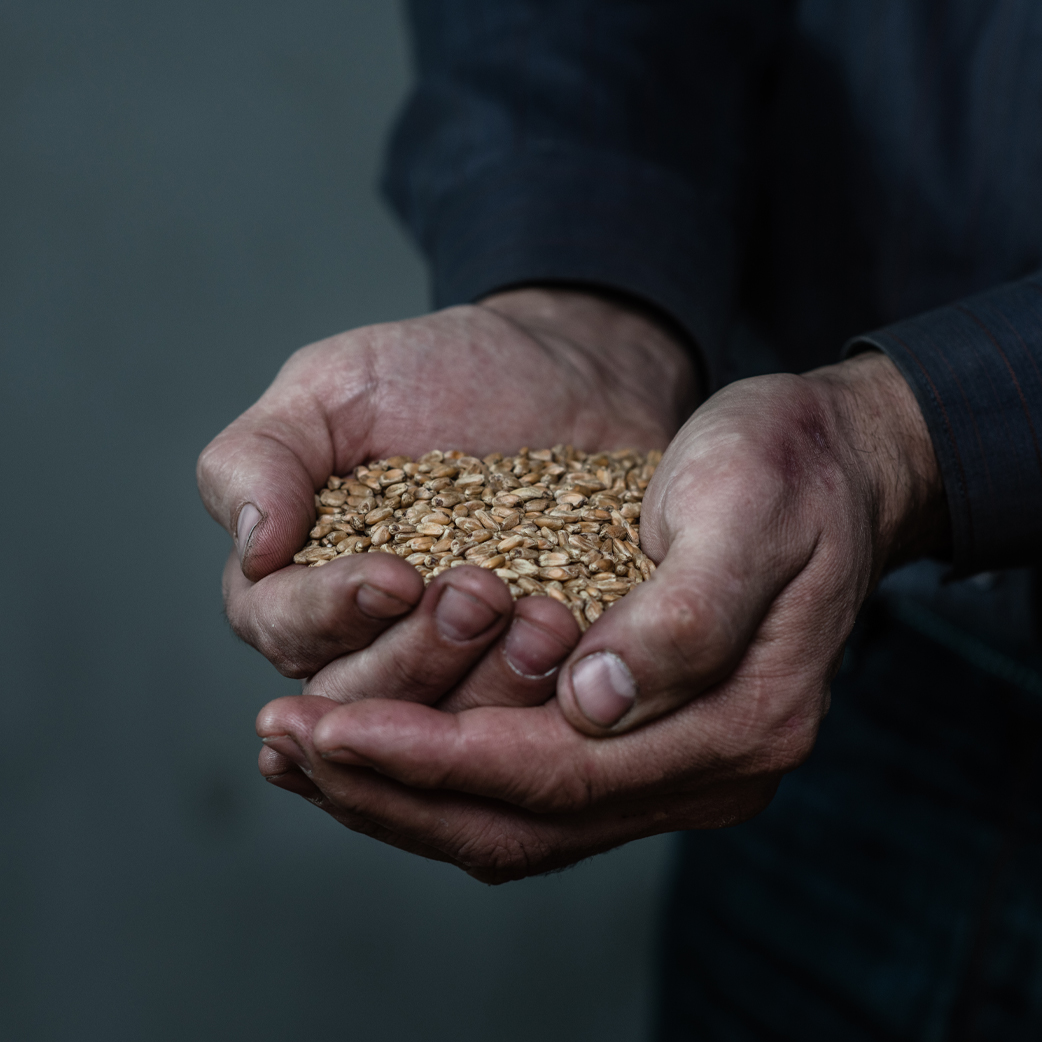
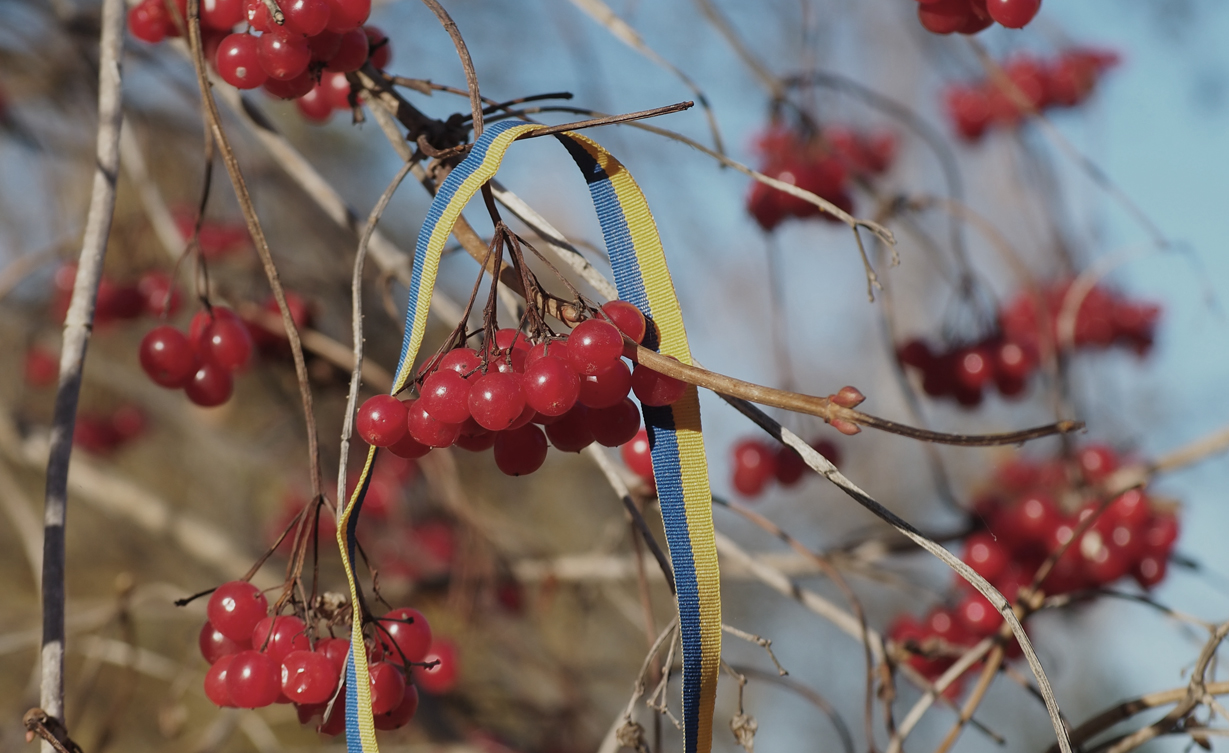
Articles
Gareth Jones
The first western journalist to describe the Soviet Ukrainian famine — the Holodomor — as a planned act of terror and mass starvation. He is often referred to as a ‘Hero of Ukraine.’
Holodomor in Kharkiv region
Alexander Weinerberger's photographs are some of about 100 images verified to be authentic portrayals of the Holodomor.
At the height of the famine, in June 1933, 28,000 people died each day-30% of those deaths were children.
In all, nearly 4 million Ukrainians perished in the Holodomor.
Online Resources
- The MAPA Great Famine Project
- The Great Famine Story Map Journal
- Ukrainian Research Institute, Harvard University
- Holodomor Research and Education Consortium: Education
- The Holodomor Museum: 3D Tour
- Encyclopedia of Ukraine: Famine Genocide of 1932-33
- Ukraine: 1933, A Cookbook
- Uncounted: The World's First Online National Memory Restaurant
Survivor Stories
 Explore testimonials from survivors of the Holodomor. Our project partner, the Ukrainian Canadian Research & Documentation Centre, has preserved recorded interviews with survivors.
Explore testimonials from survivors of the Holodomor. Our project partner, the Ukrainian Canadian Research & Documentation Centre, has preserved recorded interviews with survivors.
